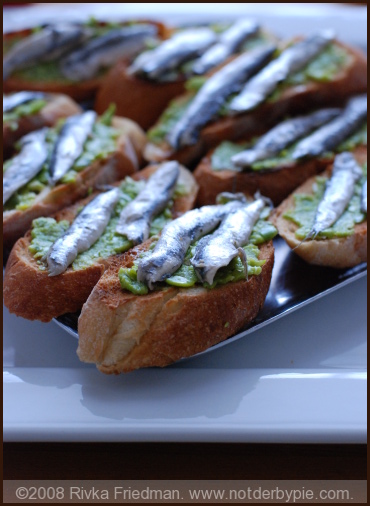 D's stepmom, Terri, has an absolute weakness for graham crackers. She says they're the one thing she absolutely can't keep in the house, because once she opens the package, she'll eat every last one. I learned this on our recent trip to Israel, and was pleased to be able to reply that in my bag, I just so happened to have two homemade graham crackers that I'd packed as a plane snack. Naturally, her eyes bulged. I bounded up the stairs and grabbed them immediately.
D's stepmom, Terri, has an absolute weakness for graham crackers. She says they're the one thing she absolutely can't keep in the house, because once she opens the package, she'll eat every last one. I learned this on our recent trip to Israel, and was pleased to be able to reply that in my bag, I just so happened to have two homemade graham crackers that I'd packed as a plane snack. Naturally, her eyes bulged. I bounded up the stairs and grabbed them immediately.
It had all started innocently enough: having given in several times the previous week to sugary, buttery shortbread and chocolate chip cookies and really so much more, I was determined to bake a snack that would satisfy my sweet tooth without pushing me over the edge. That whole "new year, new habits" thing has nothing to do with it, promise.
Graham crackers were the perfect choice. (They're called crackers -- how bad could they be?) I made a batch a couple days before we left; I gave a few away as holiday presents, and the rest I played around with. Some got a one-sided dunking in chocolate, others became sandwiches.
The cookies were just perfect. They were addictively crunchy, and the addition of whole wheat flour gave them a rustic, graham-y quality. And don't forget the generous dusting of cinnamon sugar to finish them off.
Now Terri wasn't all that enthused by the graham crackers, because the particular pair I'd brought were sandwiching a thick layer of intensely brown caramel, which overpowered the rather subtle flavor of the graham crackers. I liked 'em just fine, but I probably won't make them again. Graham crackers are meant to be simple, the kind of thing you munch alongside a steaming cup of tea. They satisfy a sweet craving just perfectly, no caramel or chocolate needed.
Graham Crackers adapted ever so slightly from The Washington Post
For the graham crackers
9 tablespoons plus 1 teaspoon unsalted butter, at room temperature 3/4 cup plus 1 tablespoon sugar 3/4 cup plus 1 tablespoon flour, plus more for rolling 1 1/3 cups whole-wheat flour 4 teaspoons baking powder 3/4 teaspoon salt 6 tablespoons whole or low-fat buttermilk or milk
For the topping (optional)
1 cup sugar 1 tablespoon ground cinnamon
Combine the butter and sugar in the bowl of a stand mixer or hand-held electric mixer. Beat on medium speed until light.
Combine the flours, baking powder and salt on a sheet of parchment paper or wax paper.
Reduce the speed to low; add the flour mixture, then the buttermilk, in several increments, ending with the flour; beat to form a soft dough. Divide the mixture in half, then wrap each portion in plastic wrap. Refrigerate for 1 hour or until well chilled.
For the topping (if using): Combine the sugar and cinnamon in a bowl.
Position oven racks in the upper and lower thirds of the oven; preheat to 325 degrees. Line 2 rimmed baking sheets with parchment paper.
Lightly flour a work surface. Working with 1/2 portion at a time (keeping the others chilled), lightly flour the top of the dough. Roll out to a rectangle with a thickness of slightly less than 1/4 inch. Use cookie cutters to cut into shapes, or use a sharp knife and a ruler to cut the dough into 2-by-3-inch rectangles. Alternatively, use a scalloped cutter to give your cookies a wavy edge. (I did this on batch number 2.) Prick each cookie two or three times with a fork, and place the unbaked crackers on the baking sheets, spaced 1/4 inch apart. Sprinkle evenly with the topping, if using.
Bake for 6 to 8 minutes, then rotate the baking sheets top to bottom and front to back. Bake for 6 to 9 minutes, until golden brown and baked through. Let cool on the baking sheets before serving or storing.
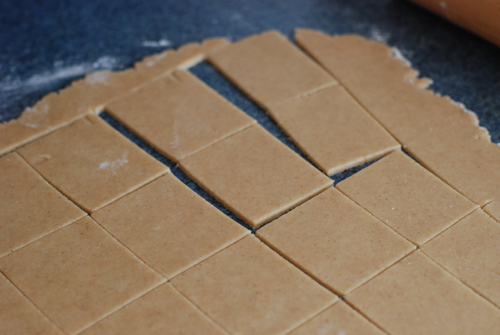
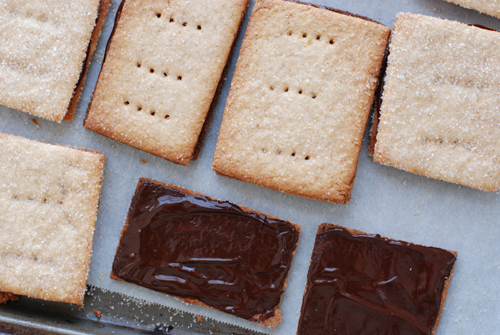
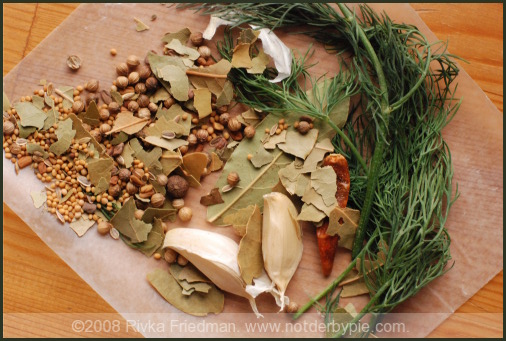 Folks, I'm finding it hard to contain my excitement about NDP's second-ever guest post. Guess who wrote it? MY MOM!
Folks, I'm finding it hard to contain my excitement about NDP's second-ever guest post. Guess who wrote it? MY MOM!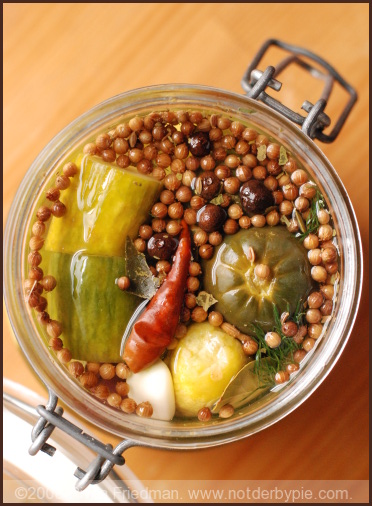
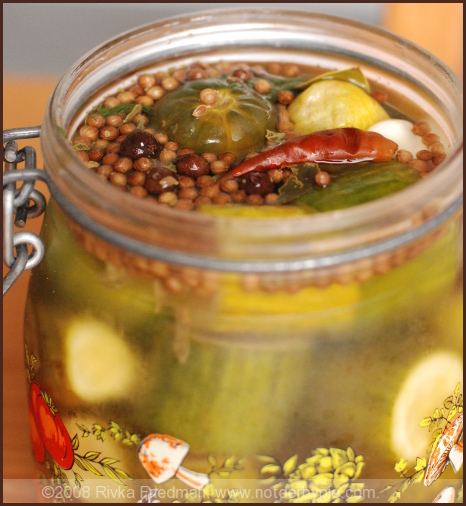
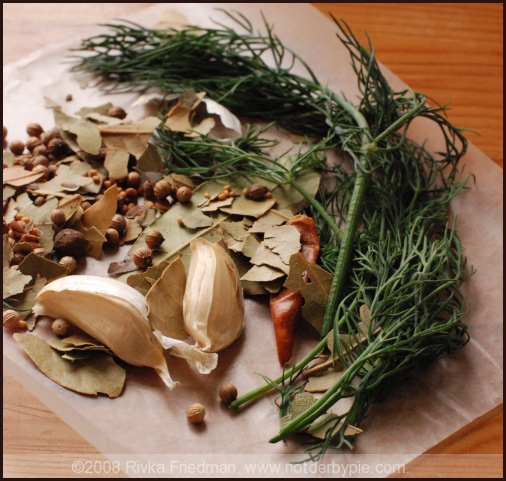
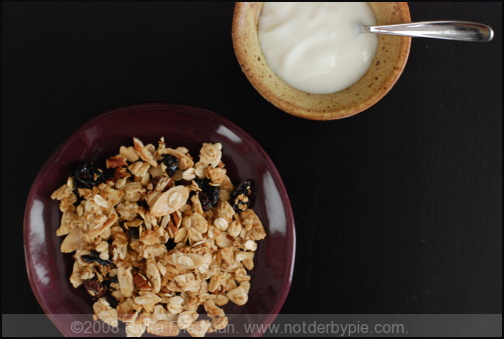 Ahh lovely readers, I've missed you! I've been posting sporadically at best for the past month, because work has been absolutely insane and I haven't had time to even enter the kitchen, let alone write about it. That last post on zucchini soup was my lame attempt to give you reading material while I was at work, so as not to abandon you completely -- but I unwittingly passed along a post from last year, just before my Alaska cruise, and let you all think I was headed on a fabulous vacation. Not so! I spent Labor Day.....well, laboring. At the office. Until very late. But now all that should be behind me because we signed off on our research yesterday, and all that's left to do is write the accompanying speech. I'm hoping today is the beginning of my re-entry into my favorite room of the apartment. Cross your fingers for me, will you?
Ahh lovely readers, I've missed you! I've been posting sporadically at best for the past month, because work has been absolutely insane and I haven't had time to even enter the kitchen, let alone write about it. That last post on zucchini soup was my lame attempt to give you reading material while I was at work, so as not to abandon you completely -- but I unwittingly passed along a post from last year, just before my Alaska cruise, and let you all think I was headed on a fabulous vacation. Not so! I spent Labor Day.....well, laboring. At the office. Until very late. But now all that should be behind me because we signed off on our research yesterday, and all that's left to do is write the accompanying speech. I'm hoping today is the beginning of my re-entry into my favorite room of the apartment. Cross your fingers for me, will you?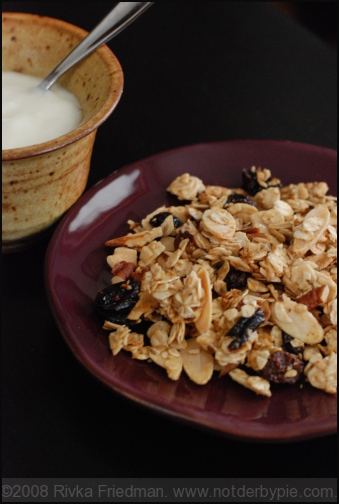
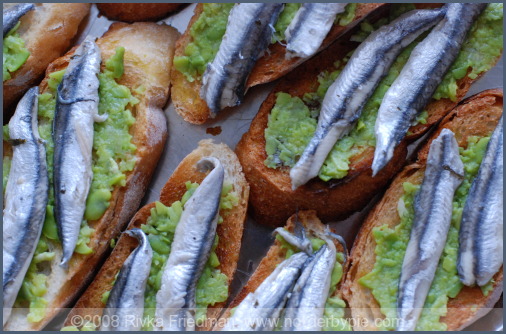 I can't remember if I've ever written a love song to favas on this blog. I mean,
I can't remember if I've ever written a love song to favas on this blog. I mean, 